October 28-29, 2013
9am – 5pm
Vivere Hotel, Alabang
Fee: Php 15,000.00 / person plus 12% VAT
- Early Registration Payment: Ten-Percent (10%) Discount if PAID thirty (30) days before the training date
- Group Discount: Five-Percent (5%) on Three (3) or More Participants
[tabs slidertype=”left tabs”]
[tabcontainer]
[tabtext] About [/tabtext]
[tabtext] Course Outline [/tabtext]
[tabtext] Facilitator [/tabtext]
[tabtext] Bank Details [/tabtext]
[/tabcontainer]
[tabcontent]
[tab]
Introduction
The characteristic of surface and near-surface regions of materials can be characterised by various surface analysis techniques. Applications of many engineering materials are determined by the surface and near-surface structures. Therefore, the well being of this region is essential in order to obtain a pre-required condition for those materials to be applied for a specific application.
Typically, failure of engineering products may be traced back to surface/near-surface contamination, surface reconstruction, or others surface related issues. In order to obtain more information related to the failure, in-sight of these regions need to be exposed.
This course is outlined to introduce basic principles of surface science, which serve as an essential foundation to explain the operation concepts and applications of several important surface analysis techniques. Know-how of interpreting analysis data is also explained in this “easy-to-follow” and “easy-to-understand” training course. With these and also supported by a brief but sufficient fundamental theories, skill of selecting a relevant technique with respect to its practical engineering usage will be covered.
Ultimate goal for this course is to increase level of knowledge in making a correct technical decision to solve surface related issues and transform knowledge into useful applications.
Who should attend:
- Technical personnel and decision maker are encouraged to participate in this training.
- Decision maker: Technical director, manager, purchaser
- Technical personnel: Technical sales, marketing, failure analysis, research & development, quality control and assurance, and produce engineer or technician,
- Number of participants in a class: maximum 20 PAX
[/tab]
[tab]
Objectives of the Course
Upon the completion of this course, participants will be able to:
- List down common techniques used for surface analysis.
- Explain operation principles of those techniques.
- State advantages and limitations of a given analysis technique.
- Systematically identify and justify useful analytical technique for problem solving
Benefits to Participants
- Enhancement of technical knowledge on (Figure 1):
- General and specific analysis techniques used in industries and research labs.
- Selection of appropriate analysis techniques for problem solving.
- Improvement in decision-making process for analysis technique selection based on:
- Technical justify concept.
- Technical guidelines.
- Reduction of wastage (time and money) by making a correct technical decision.
Course Outline
- Introduction
- Fundamental of Surface Sciences
- Logical Sequence of Practical Surface Analytical Problem Solving
- Electron Beam Techniques:
- Electron Microscopy (EM)
- Energy Dispersive X-ray (EDX)
- Auger Electron Spectroscopy (AES)
- Ion Beam Techniques:
- Secondary Ion Mass Spectroscopy (SIMS)
- Rutherford Backscattering Spectrometry (RBS)
- X-Ray Techniques:
- X-Ray Fluorescence (XRF)
- X-Ray Photoelectron Spectroscopy (XPS)
- Scanning Probe Microscopy:
- Atomic Force Microscopy (AFM)
- Optical Techniques:
- Fourier Transform Infrared Spectroscopy (FTIR)
- Comparison of Various Surface Analysis Techniques
- Selection of Surface Analysis Techniques – A General Rule
[/tab]
[tab]
DR CHEONG KUAN YEW
Kuan Yew Cheong was born in Ipoh , Perak (1972) and received the B. Eng (1st Hons.) in Materials Engineering from Universiti Sains Malaysia (USM), Malaysia in 1997. After graduation, he worked for two years as a project engineer and quality assurance engineer in a project management company and a semiconductor-device manufacturing factory in Malaysia.
End of 1999, he decided to pursue his postgraduate study (M.Sc.) after being awarded a Fellowship under the Academic Staff Training Scheme from USM. After completion his M.Sc. in Materials Engineering (Thin Film Technology) in 2001, he continued his Ph.D. in the School of Microelectronic Engineering , Griffith University , Australia and the degree was awarded in 2004. This study was fully sponsored by Australian Research Council, USM, and Griffith University Postgraduate Research Scholarship.
In 2005, he was awarded a Certificate of Teaching and Learning from USM. Now he is serving as an Associate Professor at the School of Materials & Mineral Resources Engineering. He is teaching courses of electronic materials, semiconductor fabrication technology, and quality control and management for more than 6 years at under- and post-graduate levels. Dr. Cheong’s main research area is on semiconductor device fabrication, electronic packaging, and characterization. The outcomes of his research have been published in more than 75 high-impact-factor journals and 3 book chapters. Due to his expertise in wide-bandgap semiconductor-based device fabrication technology, for the past six years, he has been invited three times as a Visiting Scientist to Korea Electrotechnology Research Institute (KERI), Korea.
He has also being invited as an Invited Speaker and Keynote Speaker in International Conference on Electronic Materials 2010 (ICEM 2010) – International Union of Materials Research Societies (IUMRS), Korea, CIE & IEM International Seminar on Electrical, Electronic and Energy Saving 2010, Taiwan, and Infineon Technologies (Kulim) Sdn Bhd (IFKM) Technical Symposium 2010, Malaysia. Recently, he has been invited to deliver a Talk on “Investigating Surface Coating and Corrosion Issues Using Surface Analysis (SA) Tools” in Surface Engineering 2011 at Bangkok , Thailand.
He is also a Professional Engineers in Material Engineering disipline who is registered under Board of Engineers, Malaysia.
Outside university, he is very active in professional and community activities. He is a member of Materials Research Society (USA). He was the honorary treasurer for Electron Microscopy Society , Malaysia for year 2005/2006.
Since 2005, he has been elected as one of the Ex-comms of the Institute of Electrical , Electronic Engineers (IEEE) – Component, Package, and Manufacturing Technology (CPMT) Society and Electron Device Society (EDS), Malaysia Chapter.
In addition, he is also the Chairman of the electronic engineering technical division (eETD) under The Institution of Engineers Malaysia (IEM) since 2009. Recently, he has been appointed as a Council Member of IEM and a Standing Committee on Qualification/Admission and Examination/Training.
For the past years, he has involved in organizing a number of local and international conferences and being invited to chair a few technical sessions in those conferences. He is also closely working with Industry through university-industry linkage program and he is delivering technical training courses for local and multinational electronics industries for the past 5 years and more than 350 engineers and researchers have been benefited from those courses.
[/tab]
[tab]
BANCO DE ORO (BDO)
Account Name:
Aguila Group Companies (AGC) Development Corporation
Account Number:
00 543 801 3291
Bank Address:
Alfaro-Salcedo Village Branch, PCCI Bldg., 118 Alfaro St., Salcedo Village, Makati City 1227, Philippines
Swift Code:
BNORPHMM
[/tab]
[/tabcontent]
[/tabs]

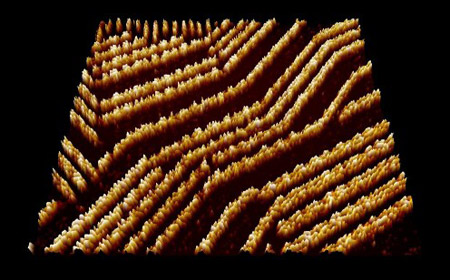
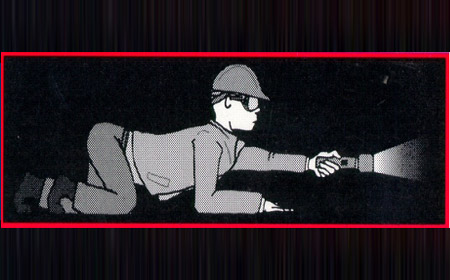
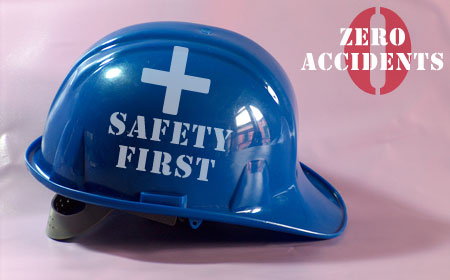
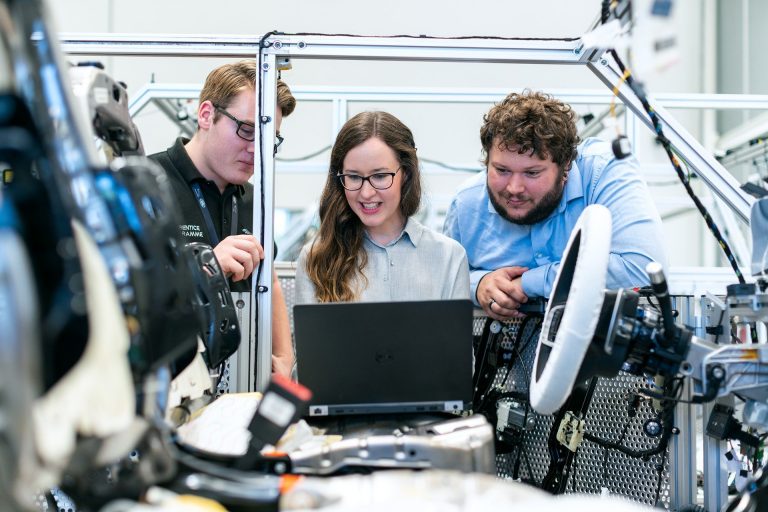


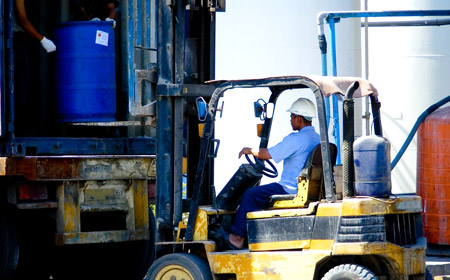



+ There are no comments
Add yours